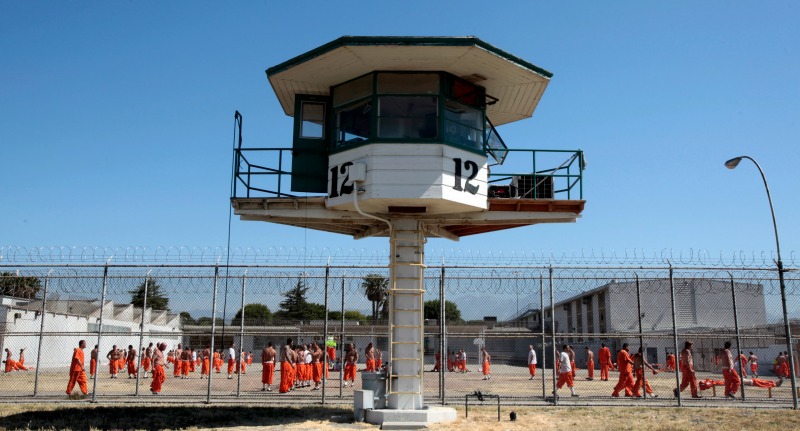Prison Security Levels Guide

When you think of a prison, perhaps you picture in your mind a concrete building in the wilderness surrounded by barbed wire fencing. Perhaps you imagine guard dogs or guards with guns posted up for extra security measures. While this may not be far from the truth for some prisons, these levels of security are not the case for all correctional facilities.
Prisons and often jails have varying levels of security. Federal versus state institutions can differ in their levels of and definitions of security, but most have some sort of security level system. Then there are other types of correctional facilities, such as juvenile detention centers, psychiatric prisons, and military prisons, which all have their own security measures in place.
For family and friends, it is important to know what level of security their inmate is housed at, as this can affect visitation and communication. It is also important to remember that prison staff can recommend that a prisoner be transferred to a different security level or facility if needed based on behavior.
While different states and institutions can determine their own classifications of security, there are some fairly standard levels that most adhere to. The Federal Bureau of Prisons has five different classifications of security. These are:
- Minimum
- Low
- Medium
- High
- Unclassified
The highest percentage of inmates in the Federal BOP system are usually held at low-security levels, with medium the next most common. Institutions outside of the Federal BOP have similar classifications, although some states adhere to three levels: low, medium and high.
How a Security Level is Chosen
The Federal BOP places prisoners into a security level based on a point system, which looks at their criminal history, history of violence, current conviction, behavioral history, sentence time remaining, and sometimes educational level or degree of participation in prison programs.
A prisoner’s Pre-Sentence Report (PSI/PSR) will outline much of this information and help determine a security level.
Below are summaries of different levels of security that are found within the Federal BOP and other departments of correction. Keep in mind that some states and other facilities adhere to the three levels of low, medium and high security.
Minimum Security Prison
Criminals who are sent to minimum security prisons are considered to be non-violent and often commit what are known as “white collar crimes” such as embezzlement or fraud. These types of prisons implement less security because the crimes committed are usually not violent and the prisoners themselves do not warrant high security.
These prisons are usually dormitory style with fewer guards and fences and prisoners might experience higher levels of freedom.
In some cases, prisoners who have committed crimes that involve computers or technology may not be allowed to use electronic messaging or computers in general while in prison. Otherwise, visitation and correspondence rules may be more flexible.
Low-Security Prison
The Federal BOP especially utilizes this classification of prisons. Criminals who might be sent to a low-security prison may be convicted of crimes of violence or sex offense, but usually still pose less of a threat of violence than at higher security prisons.
Prisoners at these facilities usually have ten or less years of sentencing. These are also dormitory-style facilities with less security on the property and more staff than at a minimum level prison but less than at higher levels.
Medium Security Prison
This is usually the most common classification of prison. Most prisoners housed at medium security prisons have some history of violence, and thus the security levels are higher. Usually, prisoners held at these prisons face twenty or less years of their sentence.
There are more staff, more security to and around the property, and inmates live in cells, with some cells containing bunks for more than one prisoner. In some cases, during the day prisoners may have more freedom of movement and will only be locked in their cells at night. Most prisoners have less than thirty years to serve.
High Security/Maximum Prison
Prisons that are classified as high security usually house criminals with the most history of violence. Oftentimes gang violence in prisons occurs, warranting higher levels of security. Armed guards are often present and security measures to the physical property, such as a wall around the property or multiple fences, far exceeds other prisons.
Prisoners are usually confined to single cells and have limited time to roam the “block” (a common room.)
Unclassified Prisons
There are other types of facilities that do not necessarily fall into one of the traditional levels of prison security. These may include juvenile facilities, medical or psychiatric facilities where prisoners who need medical or mental health attention are housed, and transit or detention centers where prisoners awaiting transfers or trial are often housed.
Each branch of the military also have their own prison facilities, and security levels are determined by the military branch.
Conclusion
For those who know an inmate, it is important to be aware of what level of security they are housed at. This can play into how easy it is to communicate with or visit a prisoner.
